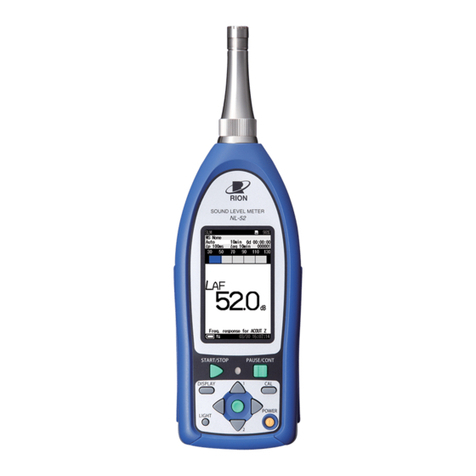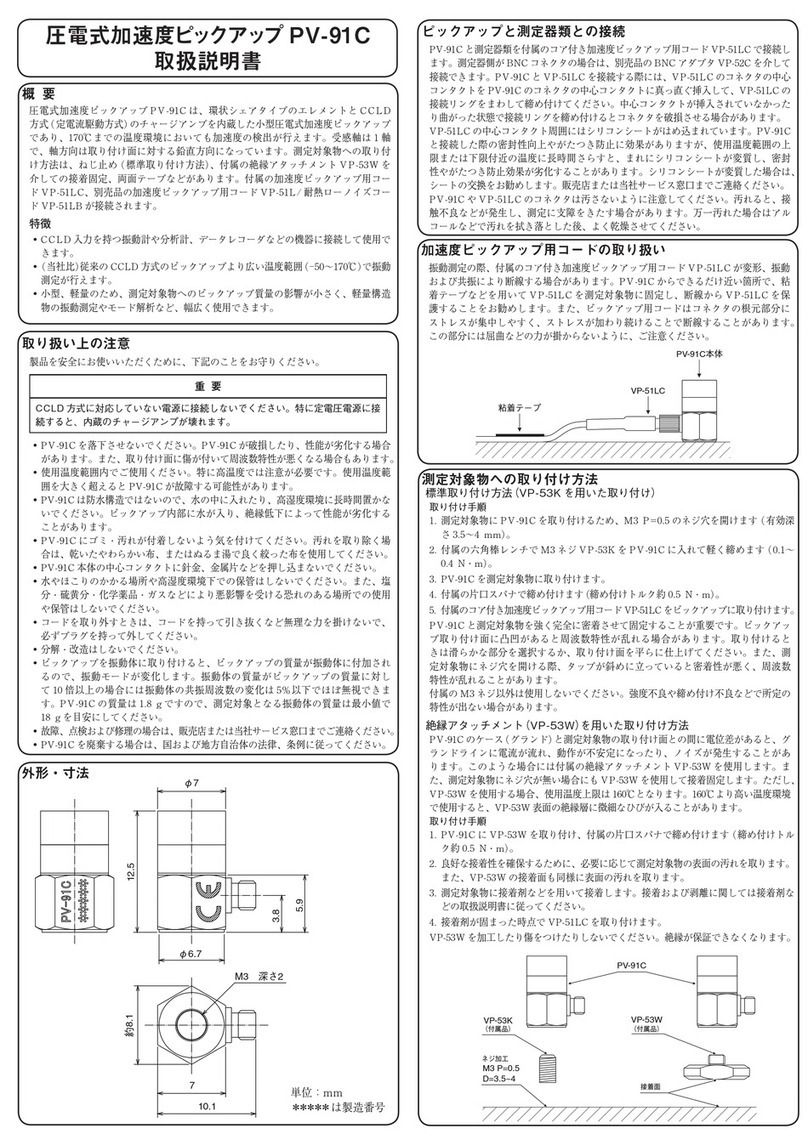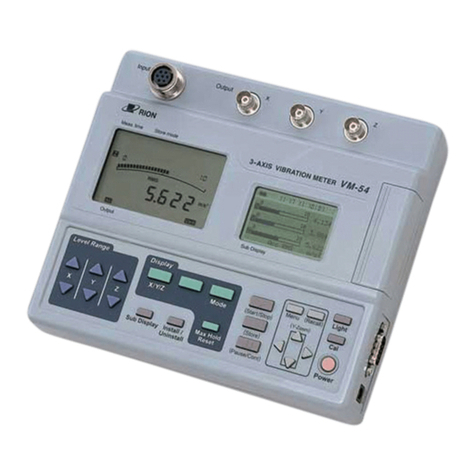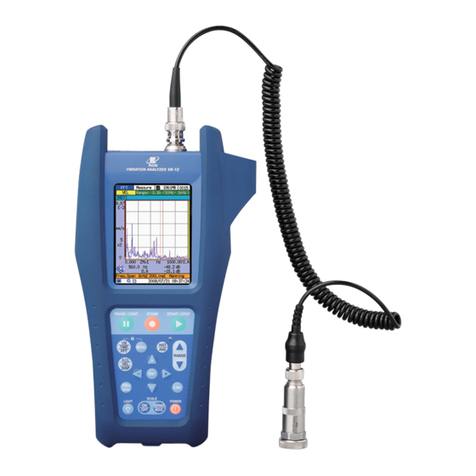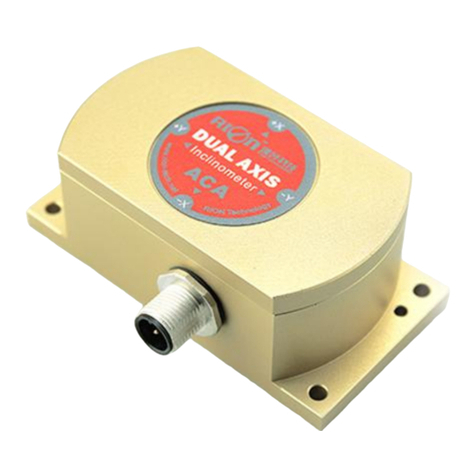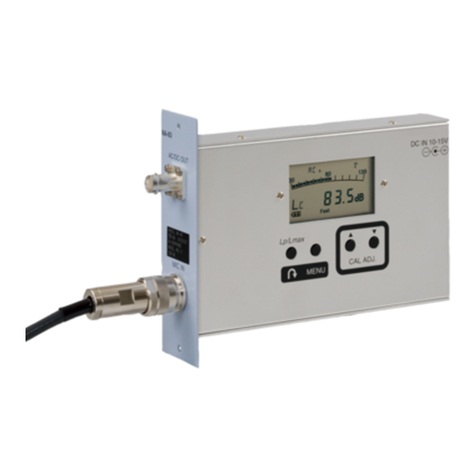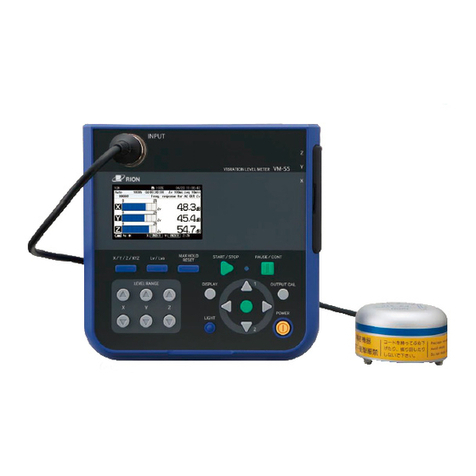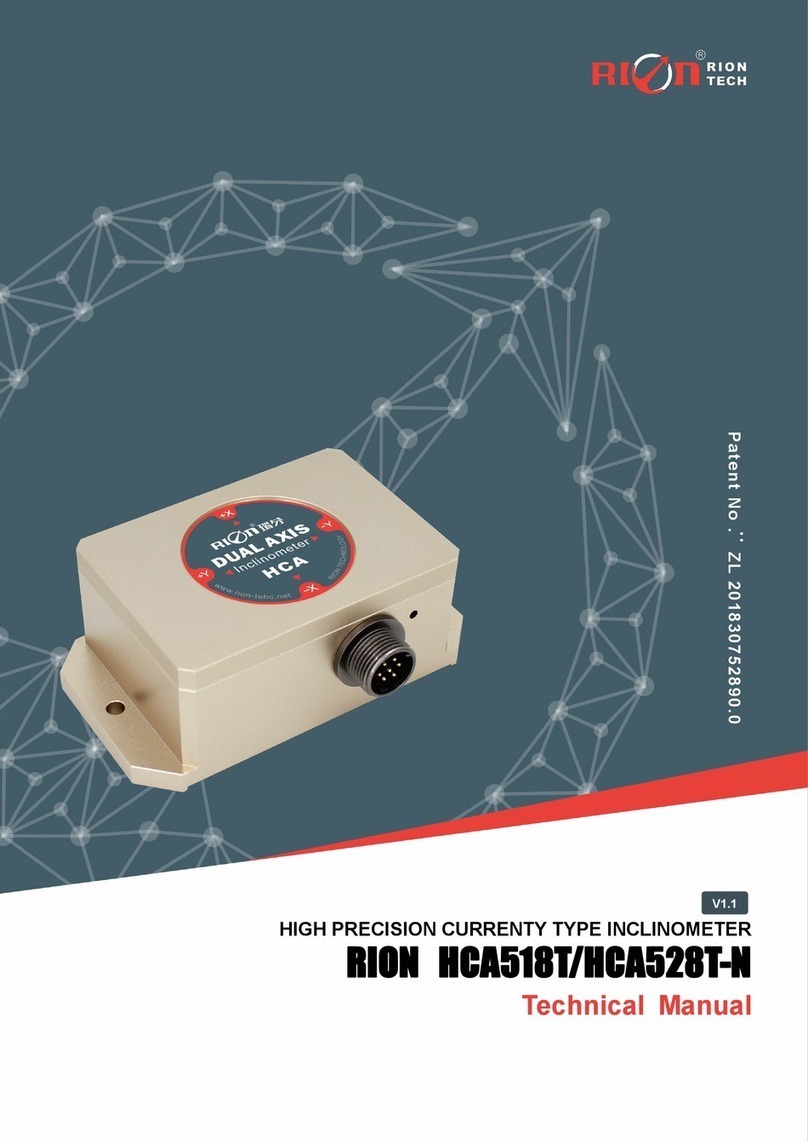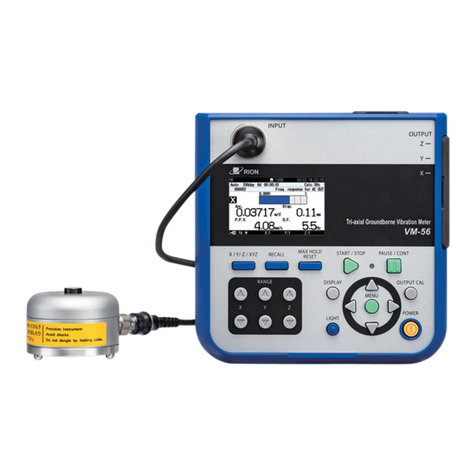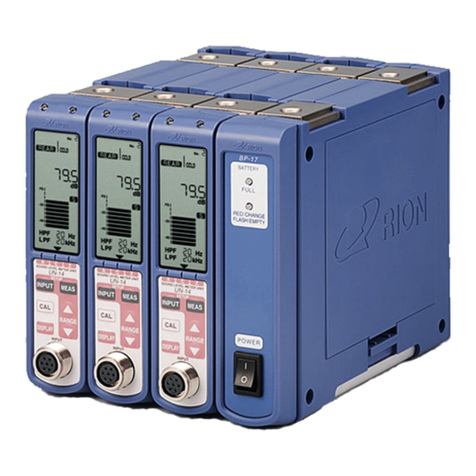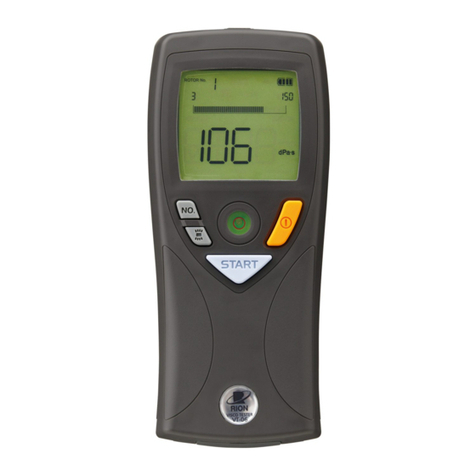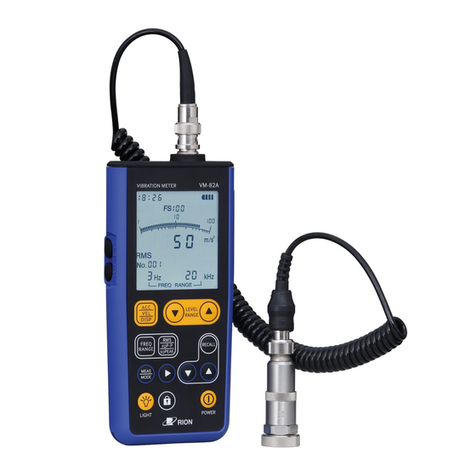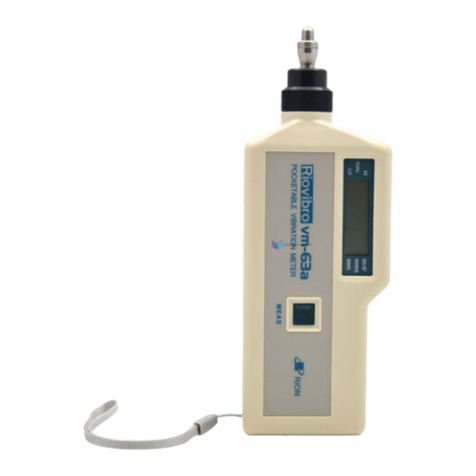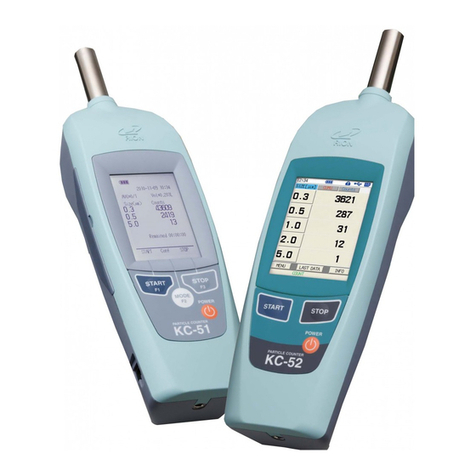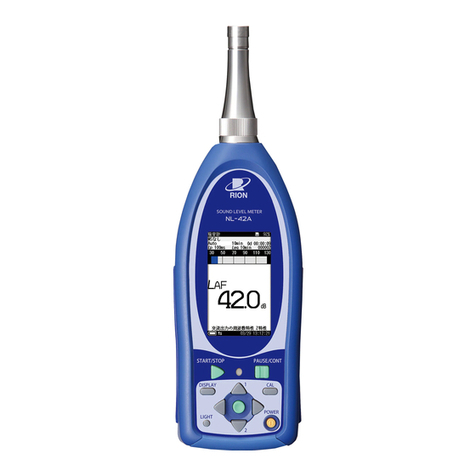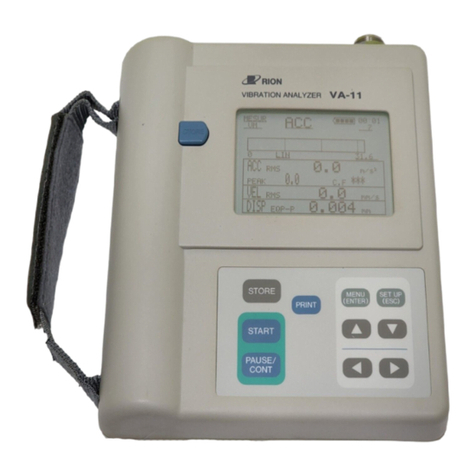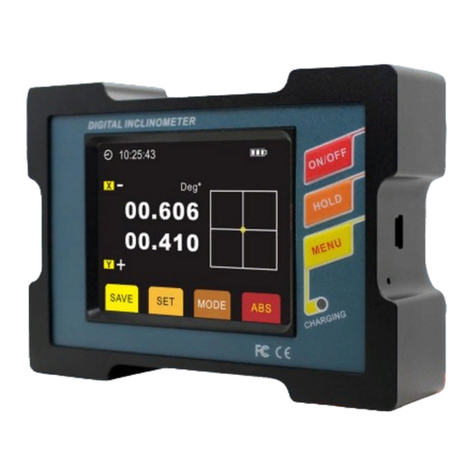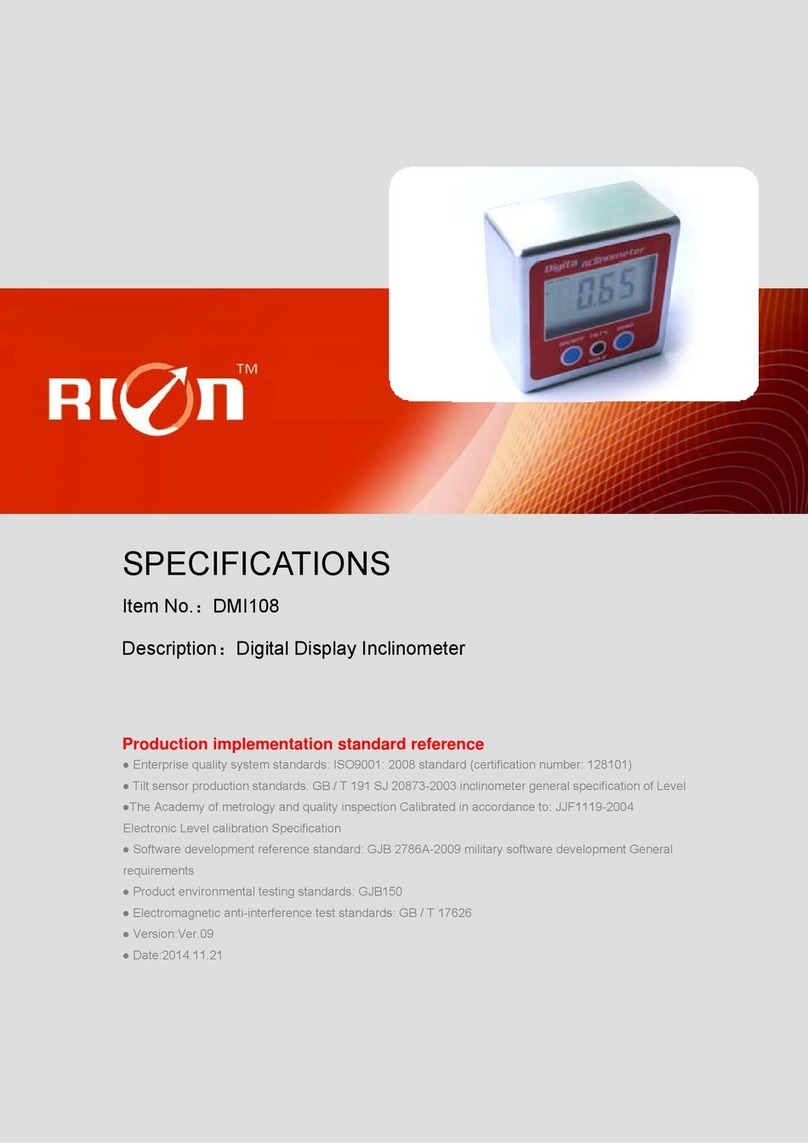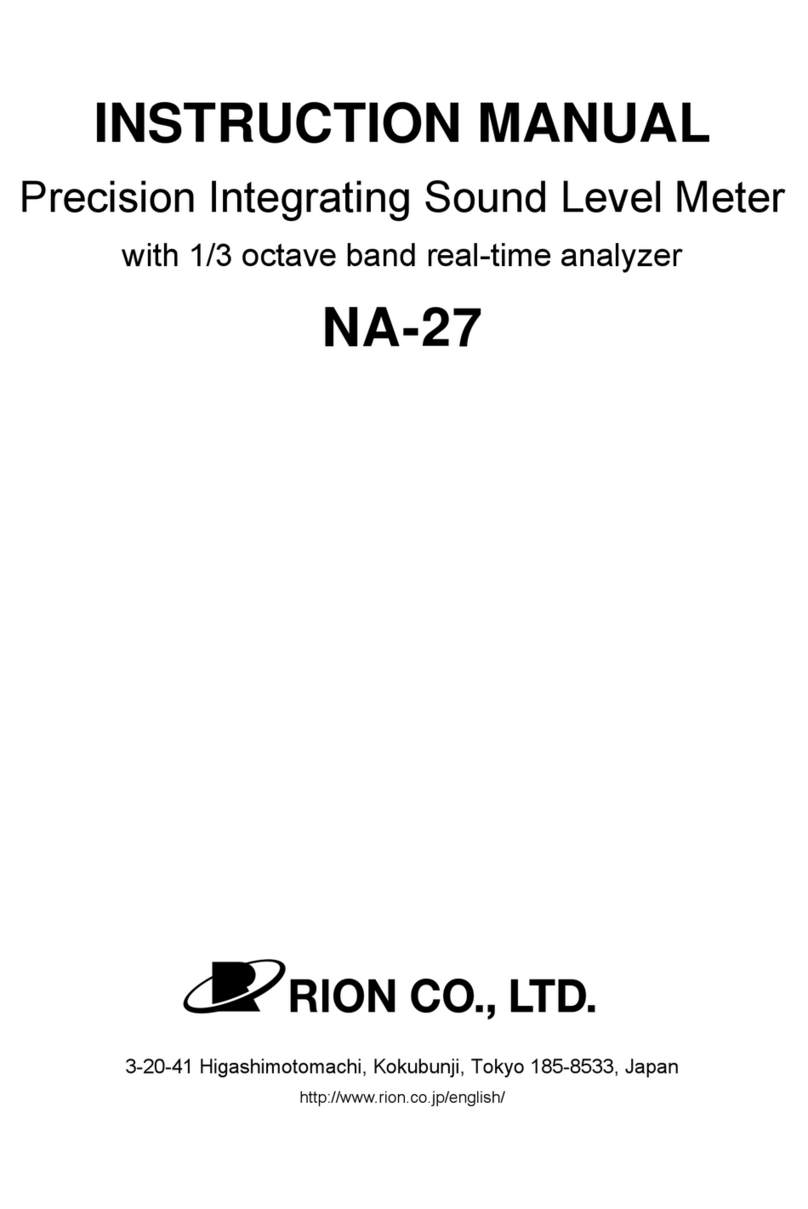
vi
Contents
Organization of this manual ....................................................... i
FOR SAFETY .......................................................................... iii
Precautions .................................................................................v
Outline ........................................................................................ 1
Controls and Features ................................................................. 3
Front Panel ............................................................................3
Rear Panel..............................................................................5
Side Panel ..............................................................................7
Display ...................................................................................8
Preparations .............................................................................. 11
Power Supply....................................................................... 11
Inserting Batteries ................................................................ 11
AC Adapter..........................................................................12
Using the Prop-up Feet ........................................................13
Selecting an Accelerometer ................................................. 14
Connecting the Accelerometer ............................................15
Setting the INPUT SELECT Switch ...................................17
Accelerometer Sensitivity Calibration ................................ 18
Measurement ............................................................................20
Power-On.............................................................................20
Measurement Mode Setting.................................................21
Display Characteristics Setting............................................22
High-Pass Filter Setting ....................................................... 23
Low-Pass Filter Setting .......................................................24
Level Range Setting ............................................................25
Menu Settings ......................................................................27
Calibration ...........................................................................31
Maximum Value Hold ......................................................... 33
Peak Hold ............................................................................36
www.64817.com













